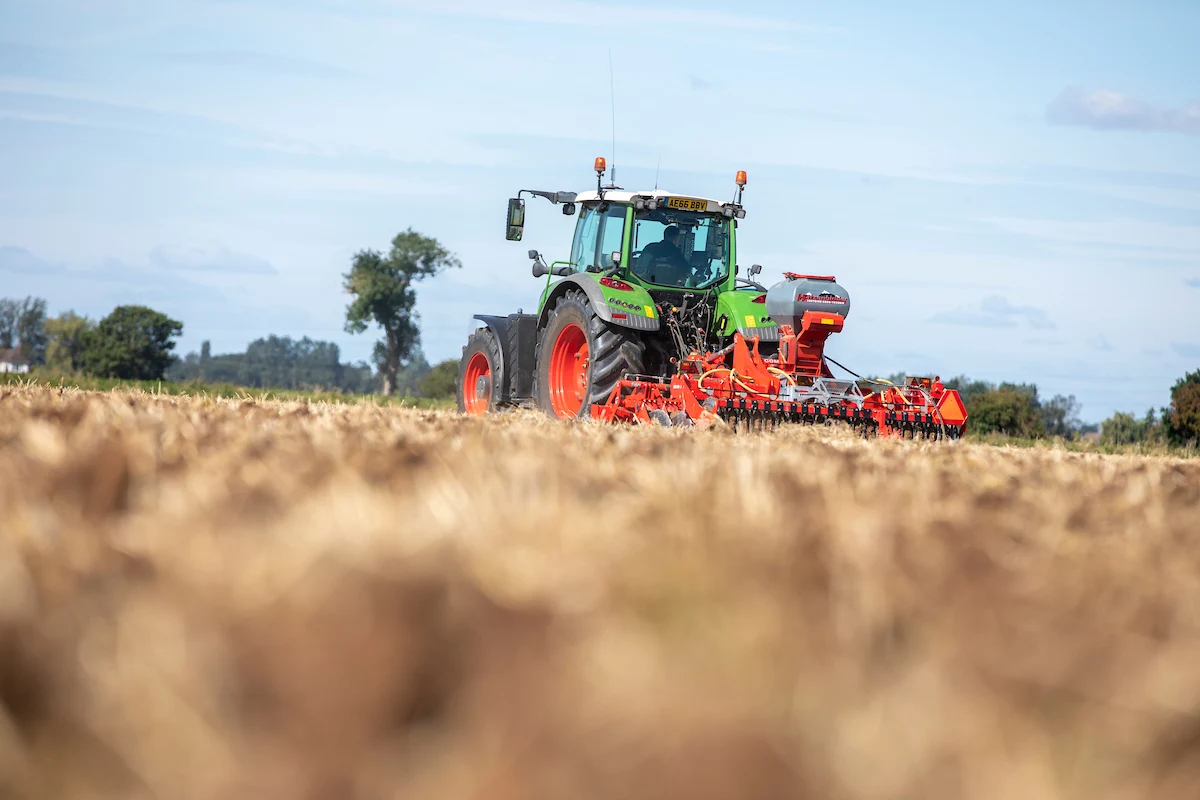
Grant Reid provides a view on how to tackle four agronomy decisions in Scotland
Author
Grant Reid | 29th August 2023Tags
Advice for four agronomic decisions in September
Crop Progress
Better weather in parts of August had allowed some ground to be cleared as we approached the last 10 days in August. Winter barley harvest was complete, but there were still a few oilseed rape crops left standing, and plenty of wheat and spring barley. Lodging has been a problem.
Folks I’ve spoken with have been quite happy with yields of winter barley and winter wheat, but until it has been through the dryer and over a weighbridge you never can tell. Further north I’ve heard winter barley was nothing to write home about.
The delayed harvest has impacted a bit on oilseed rape drilling, but drills will hopefully be busy for the remainder of August.
Grant’s agronomy tips for September
1. Is it too late for oilseed rape?
The cut off for oilseed rape drilling in Scotland is not only the weather at planting, but also what comes after. The sooner it is in the better, but you could have up until the middle of the month to still plant the crop, if the weather after looks set fair. If we had a crystal ball it would be much easier though.
Look out for slugs, especially if it is wet, cabbage stem flea beetles, and pigeons, and reduce crop competition by taking out volunteers fairly sharpish. Ideally you want the oilseed rape plants to have a stem or collar width of around a centimetre by the time it is going into winter.
A hybrid variety might be better than a conventional one with typically more get up and go, and consider all the normal common sense things like seedbed quality when drilling this month.
2. What about cover crops?
Most cover crops might be a step too far in September, although very simple ones like stubble turnips or Westerwolds grass might be worth a try, particularly where livestock are available for grazing.
August-established cover crops, even where seed has been spread in a standing crop, with straw cut slightly higher, are likely to be more successful for more fancy cover crops.
3. Is there time for a stale seedbed after a delayed harvest?
Time is always the challenge for stale seedbeds in Scotland, especially if harvest is even more protracted. But if you have certain grassweed issues, then if there is time it can be worth running a set of discs over the surface to encourage a flush of brome, volunteers or other weeds – it’s amazing how quickly sterile brome will grow in a stubble if it has shed seed.
Make sure greened up land is sprayed off at least 10 days before drilling to avoid any chance of a green bridge into the new crop.
4. Drill, drill, drill, but don’t forget pre-ems
With a fair wind and a dry spell, most folk will be keen to get drilling cereals in September. Last year there were even winter cereals sown in August, but that’s probably less likely given harvest challenges this year.
For winter barley crops especially pre-emergence herbicide sprays are important as follow up options are much more limited. I appreciate on some farms the spray tractor will be the drill tractor, but as I say every year, if you can drill it, you can roll it and then you can spray it, and for winter barley that’s really important.
Most programmes can be based around Liberator (flufenacet + diflufenican) especially where target weeds are annual meadowgrass and broadleaf weeds. Pendimethalin or prosulfocarb can boost control of certain weeds, while for difficult grassweeds Proclus (aclonifen) is an option. It can be a little hot on the crop, and the dose in winter barley is 1.0 L/ha rather than 1.4 L/ha.
In wheat it can be a different story, where pre-emergence is less vital. I’d ideally still use one, and spray if possible within 48 hours.
Watch the weather forecast for heavy rain within 24 hours of intended applications as that can increase risk of crop damage, and so it might be better to hold off, remembering some products like Proclus must be applied pre-emergence and that crops will come through the ground quickly while soil temperatures are higher.